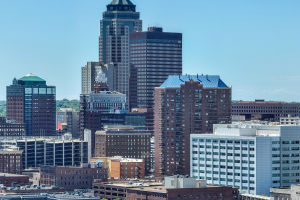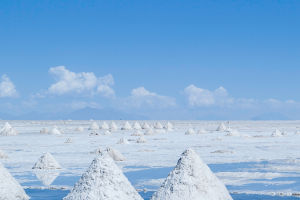We often look for places that combine natural beauty, rich culture, and adventure — and the Philippines fits perfectly. With over 7,000 islands, warm tropical weather, and welcoming locals, it's an ideal destination.
This guide will help us and you navigate key places, costs, and tips for a smooth and memorable trip.
Best Time to Visit: When Should We Go?
The ideal visiting season is from November to April, the dry season, when the weather is sunny and perfect for island hopping, diving, and outdoor activities. Avoid the rainy months from June to October as typhoons can disrupt plans. December to February offer cooler temperatures and less humidity, making it especially pleasant.
Main Destinations and Entry Fees
Boracay Island
Known for its powdery white beaches and vibrant nightlife. Boracay requires an environmental fee of around 75 PHP ($1.50) upon arrival, plus a tourism fee of 100 PHP ($2).
- Opening Hours: Beaches are accessible 24/7; most shops and restaurants operate 9 AM–11 PM.
Chocolate Hills, Bohol
Famous for its unique geological formations. Entrance fee is about 50 PHP (~$1).
- Opening Hours: 7 AM–6 PM daily.
Banaue Rice Terraces
A historical site that features ancient rice farming techniques. Entry to the terraces themselves is free, but some viewpoint areas charge around 50 PHP (~$1).
- Opening Hours: Open all day, but early morning or late afternoon visits are best for cooler weather and photography.
Taal Volcano, Luzon
A popular day-trip volcano within a lake. Trekking and boat tours cost around 1,500–2,000 PHP ($30–$40) including guides and boat rides.
- Opening Hours: Tours start early morning; recommended to book in advance.
Getting Around: Transportation Options
We use several transport types to move around the islands:
- Domestic Flights: Philippines Airlines, Cebu Pacific, and AirAsia connect major islands quickly and affordably. Flights between Manila, Cebu, and Davao are frequent and start as low as $20–$50 if booked early.
- Ferries and Boats: For island hopping, ferries run between major islands like Luzon-Visayas-Mindanao routes. Prices vary from 200 PHP ($4) for short trips to 1,500 PHP ($30) for longer crossings.
- Jeepneys and Tricycles: The most common local transport in cities and towns. Jeepneys charge around 8–15 PHP ($0.15–$0.30) per ride, while tricycles are for short distances and cost 20–50 PHP ($0.40–$1).
- Car Rentals and Vans: For groups or flexible travel, renting a car or van with a driver costs roughly 2,000–4,000 PHP (~$40–$80) per day depending on the vehicle.
Accommodation: Where Do We Stay?
The Philippines offers a range of lodging from budget hostels (starting around $10 per night) to luxury resorts (over $150 per night) especially in Boracay, Palawan, and Cebu. Booking in advance during high season is essential.
Food and Dining: What to Try?
Trying local cuisine is a must! We recommend dishes such as:
- Adobo: A savory stew with vinegar and soy sauce, usually made with chicken.
- Sinigang: A sour tamarind soup with vegetables and meat or seafood.
- Street food like balut (fertilized duck egg) and grilled seafood are popular but eat cautiously.
Meals at local eateries cost about 100–200 PHP (~$2–$4), while restaurants catering to tourists may charge more.
Useful Tips for Travelers
- Always carry cash, as many small shops don't accept cards.
- Stay hydrated and use sunscreen to protect from strong tropical sun.
- Respect local customs, especially when visiting important cultural sites.
- Internet coverage is good in cities but may be weak on remote islands. Consider buying a local SIM card.
- Book tours and transport through trusted operators to avoid scams.
- Learn basic Filipino greetings to connect better with locals.
Let's Explore Together!
We believe the Philippines offers a travel experience full of discovery and warmth. With this guide, we’re better prepared to enjoy its islands, culture, and people safely and happily. Which island are you excited to explore first? Share your travel plans and let's make the most of our Philippine adventure!
10 Best Places to Visit in the Philippines - Travel Video
Video by touropia


